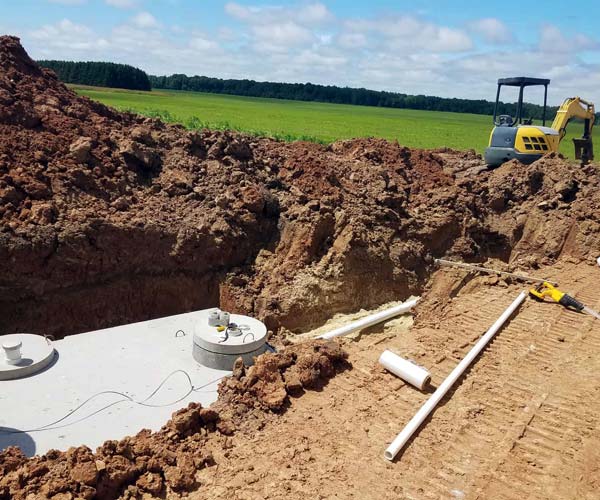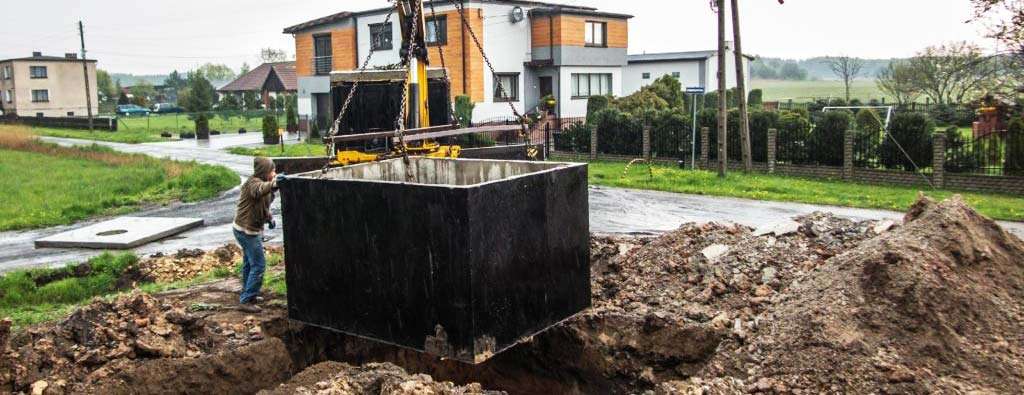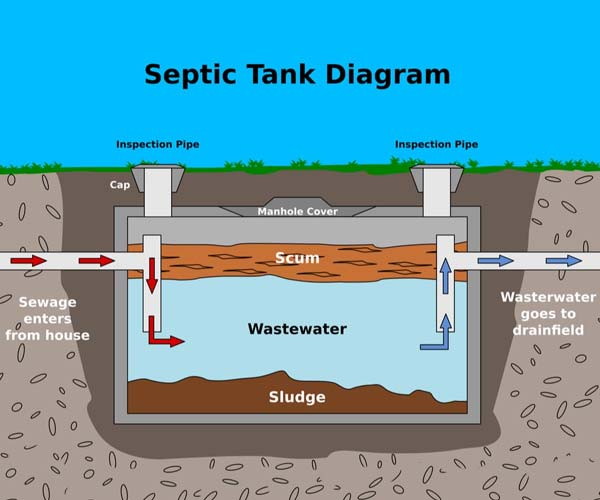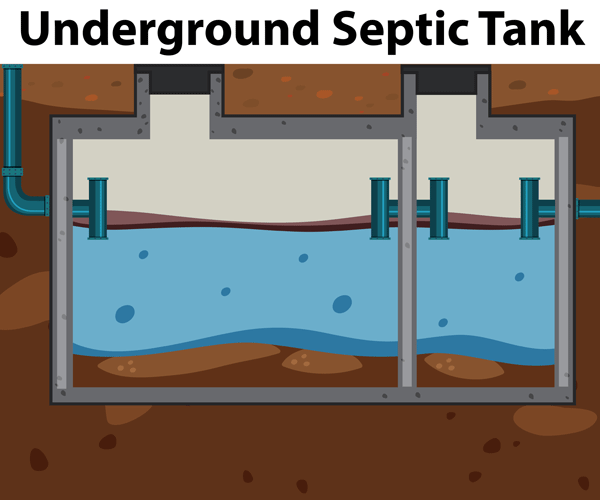




Our Colorado septic contractors combines training with on-site skills in septic tank installation service. Saying “we had a new septic system installed” sounds simple, but is actually an intricate and serious process. Becoming a verified professional requires years of experience. How much do new septic systems cost to install? Do I need concrete or plastic septic tanks Denver and what are the best septic tank risers Denver Co? For all these questions we got the answer! Our Denver septic experts has been installing septic systems for years, and we never stop learning septic systems technology.
We have equipment for both large and small septic tanks Colorado installations and always adhere to the most recent laws concerning septic system installation. Septic installation is a critical aspect of home construction and its maintenance. As well as incorrect underground water line installation of a septic system will cause major problems for you and your family. Serious issues like wastewater flooding in and around your house, sewage backups, and other flooding problems can lead to legal questions regarding not following safety laws.
We’ve been installing septic tank systems and offer drain cleaning, and sewer line installation and replacement. Our septic masters Denver are happy to provide you and your family with our well-trained professionals for your home septic system installation. And don’t forget, we service metro area such as Aurora, Lakewood, Thornton, Arvada, Westminster, Centennial, and more. We also are able to come up to Fort Collins, Greeley, Bolder and other regions for septics.

A drain field is the place where effluent waste water can slowly be disposed of into the underground soil. Therefore, making sure you choose the correct absorption field is critical. Placing the drain pipes in the wrong spot could lead to increased septic tank pumping, repairs and failures.
You want to avoid areas close to streams, swamps, or well water. Wastewater draining into these locations could result in the blending of the local water source that you and your community regularly consume. You should avoid uphill and rocky places that may end up in waste water pooling around pipes instead of draining into the soil. This will lead to clogged drains and sewage backups. Professional help is always recommended when deciding on the correct place to install your septic system. We provide guarantees on our service. Our Denver septic service company has the best 5-year warranty in the industry, covering both parts and labor, and is Colorado state-certified, licensed and insured.

Depending on what city you are located in, we will determine the laws you must follow. Luckily, our team has extensive experience working in the Denver area, Northern Colorado and the Front Range so you don’t have to worry about your new septic system meeting local legislation and codes. Installing pipes and tanks correctly guarantees that your family is not hassled by failed septic inspections if you decide to sell your house.
Sizing your septic tank correctly is essential. Too small of a tank will result in damage from clogged pipes and backed-up sewers. So be ready for an increased frequency of septic tank pumping, inspections, and repair work to keep your setup working. Our septic installation Denver service area covers all suburbs such as Highlands Ranch, Longmont, Broomfield, Castle Rock, Parker, Littleton, Brighton, Englewood, Wheat Ridge, and other Colorado cities. Get a quote from Denver septic system contractors today!

This leads to the question, what septic tank size is right for you? Normally, the average septic tank holds a minimum of 1,000 gallons or 1.5x the usual daily wastewater generated by your home. Often we use the number of bedrooms as a good sign of what size works for you. For instance, if your house contains 3 or fewer bedrooms, then you’d need at least a 1,000 gallon tank. A 4 bedroom home could require a 1,2000 gallon tank, while 6 bedroom house – 1,750 gallon.
There are several other variables also to consider for commercial grease trap installation septic tank Denver CO. Do you like to host house guests or large events for the celebrations? Things like dishwasher loads, laundry, toilet flushing, and showers per day in your home matters. When you are uncertain which septic system sizing to go with, don’t hesitate to contact us. We can surely find the best solution for you!
Are you searching for “septic tank services near me”? If you’re preparing to install a brand new septic system, or looking for concrete septic tanks in Colorado, give us a call at (720) 663-7473 today! Our Septic company provides Free Estimates.